This is an automatically translated article.
Many viruses can spread in the environment and spread from person to person at different speeds depending on the virus (however, the speed of spread is usually very fast, and there is a high probability of causing an epidemic). So why is the virus able to spread and spread from person to person?1. What is a virus?
Viruses are microorganisms that are extremely small (between 17 nm and 300 nm) with a simple structure (no cellular structure). Since viruses do not have the basic components of a cell (such as respiratory enzyme systems, metabolic enzymes, ...) the virus is forced to parasitize in the host's cells (receptor cells), and Viruses also show life only when they perform replication processes in receptor cells through activities such as infecting cells or maintaining the survival of the species.The structure of a virus consists of only 2 main components, the core and the shell. The core of the virus contains DNA or RNA, which is the carrier of all the specific genetic information of the virus, determines the infectivity, the ability to multiply in the receptor cell, and governs the cell's activity when the virus does. multiplication process. The capsid of the virus covers the outside, has the function of protecting the virus from being destroyed by various factors, and helps the virus to attach to specific locations on the receptor, as well as keep its morphology. , the structure of the virus is stabilized. Some viruses may have additional structures of their own.
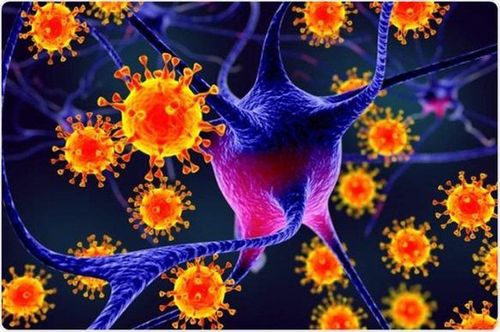
Virus là loại vi sinh vật có kích thước vô cùng nhỏ với cấu tạo đơn giản nên buộc phải kí sinh vào vật chủ để sống
2. Why can viruses spread and spread from person to person?
Many viruses can spread into the environment and survive in the environment for a certain time. The length of time in the environment, the appropriate environmental conditions for survival, as well as the transmission route and transmission capacity depend on certain viruses, such as:Viruses that cause colds can persists on object surfaces under indoor conditions up to more than 7 days. In general, cold viruses can survive longer on water-resistant surfaces (such as stainless steel, plastic, etc.) than on absorbent surfaces (such as cotton, cloth, etc.) ,...). Although they can survive on surfaces for up to several days, there is a rapid decline in transmissibility, and in general cold viruses do not survive more than 24 hours. For viruses that cause colds, hands are one of the most important routes of transmission, and they can only survive on human hands for a short time, from a few minutes to a few hours. Influenza viruses can also survive on outdoor surfaces as well as be transmitted through human hands and through airborne virus-containing droplets. On solid surfaces, the flu virus can survive up to 24 hours, while on a human hand the flu virus survives for a much shorter time, after only 5 minutes the amount of flu virus on the other hand is very low. Influenza viruses can survive in airborne droplets for several hours, and under low temperatures the viability of influenza viruses increases. The polio virus is transmitted mainly through the fecal-oral route. People with polio disease excrete a very large amount of virus into the environment in feces, contaminating the environment, contaminating water sources and contaminating food. The polio virus is very persistent in the outdoor environment, in feces at 0-40C the virus can live for several months, in water at normal temperature the virus can survive for up to 2 weeks. The virus is spread by fecal-oral route, infecting humans through the gastrointestinal tract, and sometimes by the oropharyngeal route. Dengue virus (which causes dengue fever) is transmitted from person to person through an insect vector, specifically the Aedes aegypti mosquito. When the mosquito bites a person with dengue fever, the virus in the patient's blood will grow in the mosquito's body, then when the mosquito bites an uninfected person, the virus will be transmitted into this person's body.
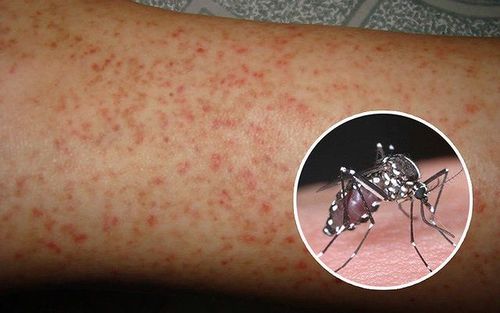
Virus Dengue gây bệnh sốt xuất huyết lây truyền từ người sang người qua con đường trung gian là muỗi vằn
For the current epidemic new corona virus (COVID-19 , formerly known as 2019-nCoV), the official route of transmission is announced to be through droplets, other transmission routes are currently unknown. receive. Here are the recommendations of the Ministry of Health on prevention of epidemics caused by COVID-19:
If you are showing signs of fever, cough or difficulty breathing, you should avoid travel or travel. In the event that symptoms of the disease appear, it is necessary to immediately go to a medical facility for timely diagnosis and treatment. In addition, you need to share information about your travel schedule with medical staff. Wash your hands often with soap, do not touch your eyes, nose and mouth. Limit contact with people with cough and fever. Cover your mouth and use a tissue or sleeve when coughing or sneezing. Throw tissues in the trash immediately after use, and then wash your hands. Immediately notify airline, automobile and railway staff if showing signs of illness while traveling or traveling. Get to a stretcher medical facility as soon as possible. Use cooked foods. In public, do not spit indiscriminately. Avoid close contact with domestic or wild animals. When going to crowded places or in contact with people with symptoms, you should wear a mask. Use a mask properly, the mask must cover the mouth when in use. For single-use masks, they should be immediately thrown into the trash after use, and after removing the mask, wash hands. Customers can directly go to Vinmec health system nationwide to visit or contact the hotline here for support.
Articles refer to sources: NHS and webmd
MORE:
Learn about the virus that causes polio What is corona virus? Structural features of influenza virus




![[Q&A about the 2019 Corona virus epidemic] Part 1: Origin and form of infection](/static/uploads/small_20200202_093219_250594_viber_image_2020_02_max_1800x1800_jpg_7188fffb0e.jpg)
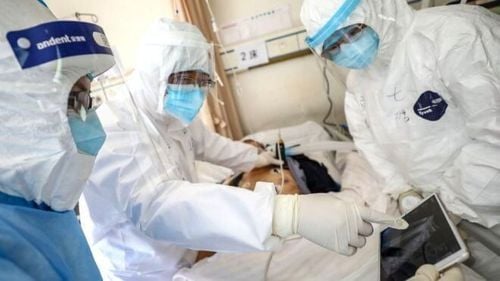
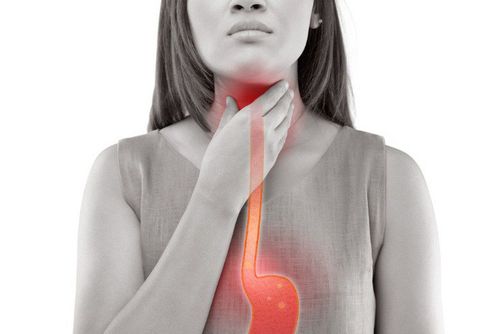
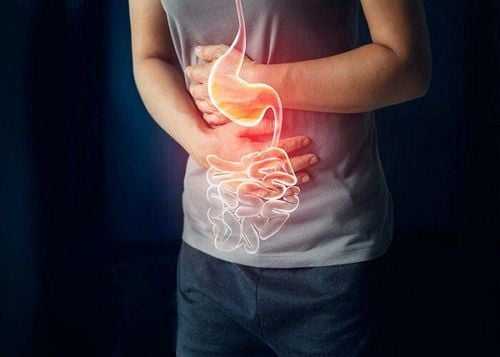

![[Q&A about the 2019 Corona virus epidemic] Part 3: Instructions for taking care of people suspected of being infected with 2019 nCoV at home](/static/uploads/small_20200203_074555_552545_ncov2019_max_1800x1800_jpg_e42dd54191.jpg)



